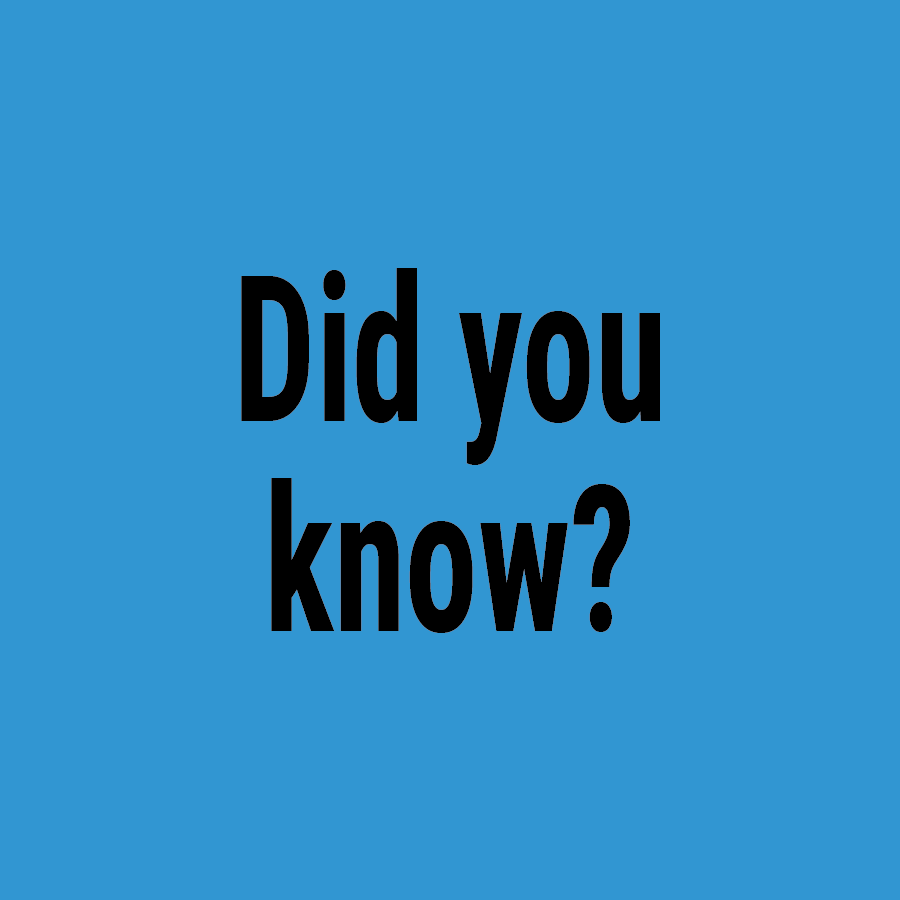How did the Human Genome Project make science more accessible?

The Human Genome Project is widely regarded as a model for open access science – making the results freely available to everyone.
This part 7 in our series of stories about the Human Genome Project. Read part 6, looking at how issues with patenting caused conflict across the project, here or go back to the start of the series here. In this article, we’ll explore how the team learned from these conflicts to make science more accessible.
Key terms
Patent
A type of intellectual property that gives the holder sole rights to make or use a product or idea.
Genome
The complete set of genetic instructions required to build and maintain an organism.
Open access is the process by which research data from scientific studies is made freely available to all on the internet. The Human Genome Project is widely regarded as a model for open access science.
Before the project, scientists had only ever shared their research findings in scientific journals. By the end of the project scientists were willingly sharing their findings with each other, as well as the public, long before publication.
Agreements made during the Human Genome Project to encourage the free distribution of research data was a major step forward for scientific research. The need for such an agreement was realised after Myriad Genetics decided to patent the breast cancer gene BRCA2, removing the rights from others carrying out research.

The Human Genome Project was a pioneer for encouraging open access to scientific research. In 1996, those involved agreed that all new information produced should be made freely available to all within 24 hours.
Establishing the ground rules of science sharing
Two key scientists – John Sulston and Bob Waterston – felt that it was important to establish some ‘ground rules’. They’d worked together to sequence the genome of the nematode worm C. elegans. Throughout, they’d made it their priority to release all their findings as soon as they were produced so that they were freely available for all to see.
They wanted to reach a firm agreement about how information generated by the Human Genome Project should be handled and distributed. Both believed that making research available and out-in-the-open would lead to faster progress and new advances in our understanding and development of new medical treatments.
Their approach would form the foundations for the release of data and open access for the Human Genome Project.
An International Strategy Meeting to build the foundations of open access
As a result, in February 1996, John and Bob organised an ‘International Strategy Meeting’, in Bermuda.
This meeting gave scientists from around the world a unique opportunity to compare notes and combine methods and strategies for the Human Genome Project. They decided on three key principles about data access for the project to follow.
These principles became known as the Bermuda Agreement:
- All parts of the human genome sequenced during the Human Genome Project should be distributed into the public domain.
- DNA sequences had to be released rapidly into the public domain within 24 hours of completion.
- Sequencing centres should inform the Human Genome Organisation (HUGO) of their intentions to sequence certain regions of the genome so that they could present the information online.
Everyone at the meeting agreed that no one should take intellectual property rights over the data produced during the project. They hoped that the result would be to speed up the progress of sequencing the human genome and maximise the public benefits of the Human Genome Project by enabling scientists to perform more detailed research on human health and disease.
